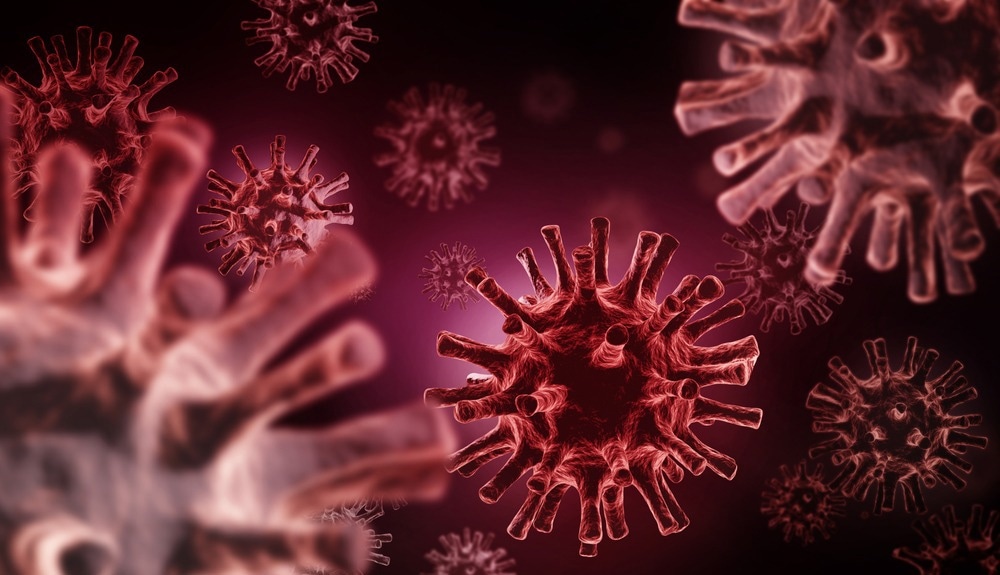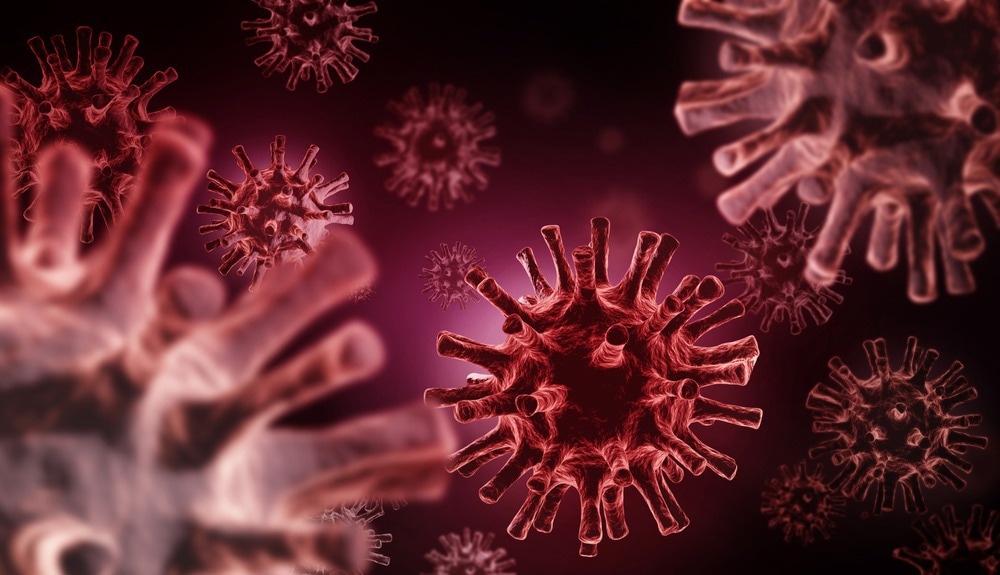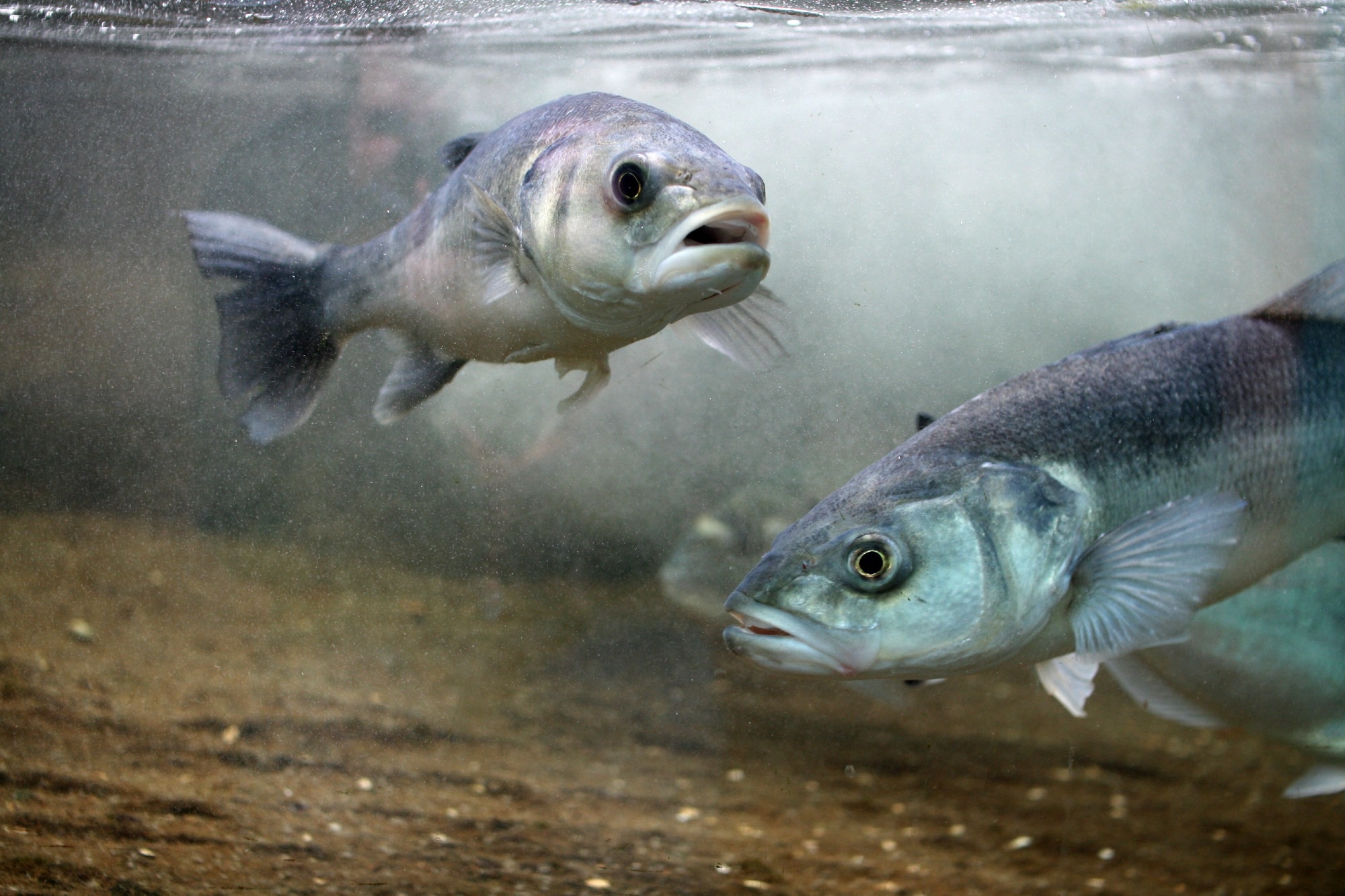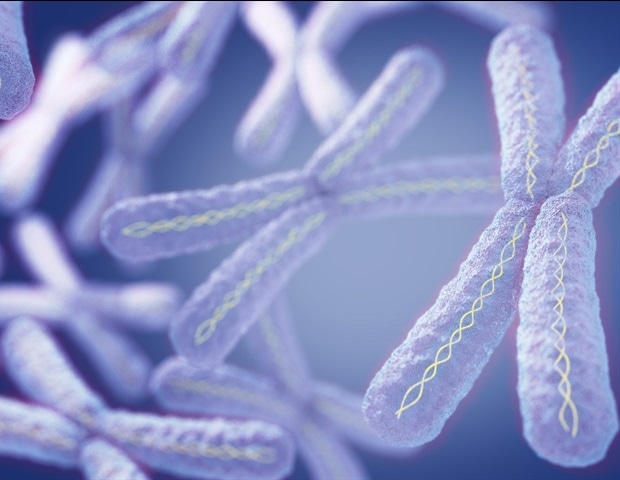Viroids are closed circles of ribonucleic acid (RNA) that replicate at a very low level using host cell enzymes, since they do not usually encode proteins. The existence of over ten thousand viroids, as well as of viroid-like RNAs, is revealed in a new Cell paper based on the use of metatranscriptomics analysis.
 Study: Mining metatranscriptomes reveals a vast world of viroid-like circular RNAs. Image Credit: jeon se gu/Shutterstock
Study: Mining metatranscriptomes reveals a vast world of viroid-like circular RNAs. Image Credit: jeon se gu/Shutterstock
Introduction
The smallest self-replicating particles known today include viroids and viroid-like covalently closed circular RNAs (cccRNAs). These simple particles utilize the host DNA-dependent RNA polymerase or a virus RNA-dependent RNA polymerase (RdRP) for replication.
This leads to the generation of multimeric RNAs that are cleaved by ribozymes or host ribonucleases (RNases). The linear monomers produced by this cleavage are ligated into cccRNAs by host DNA ligases.
About 50 species of viroids have been identified in plants, with two currently known families, including Avsunviroidae and Pospiviroidae.
Avsunviroidae use viroid-encoded autocatalytic hammerhead (HHR) ribozymes. Comparatively, Pospiviroidae lack ribozymes; therefore, cleavage occurs through conserved sequence motifs recognized by host RNases. Furthermore, Avsunviroids have primarily branched RNAs, whereas Pospiviroids are rod-shaped.
Ribozyviruses also have cccRNA genomes that use the rolling circle replication (RCR) mechanism but have non-viroid ribozymes and larger genomes, while also encoding their own nucleocapsid protein. A common example of a ribozyvirus is the hepatitis delta virus (HDV) which requires obligatory hepatitis B virus coinfection for its replication.
Other cccRNAs include viroid-like satellite RNAs, or encapsulated viroids, which have both HHRs and hairpin ribozymes. Retroviroids and retrozymes are other cccRNAs; however, they are not completely viroid-like.
The cellular processes and organelles required for transcription are common to all life forms. Moreover, RdRp is found in riboviruses that are present almost everywhere. The number of RNA viruses continues to increase and outnumber both viroids and viroid-like cccRNAs by at least 1,000.
This caused the authors of the current study to wonder why currently known viroid-like particles were so alike in their composition and host range. To test their hypothesis that these agents are more abundant and common than currently known, these scientists performed a computational search for viroid-like cccRNAs in over 5,000 metatranscriptomes.
What did the study show?
Viroids and viroid-like cccRNAs are minimal replicators, or ultimate parasites, that lack genes and effectively consist only of RNA structures required for replication.”
The analysis identified millions of possible cccRNAs based on their circularity or RCR mechanism, as shown by the presence of head-to-tail repeats in the contiguous sequences assembled by the program.
Even after dismissing all except the predicted viroid-like cccRNAs that contained known ribozymes, the scientists found more than 11,000 viroids and viroid-like sequences, which is five-fold greater than the previously known number. Interestingly, the same metatranscriptome dataset was recently analyzed in another study, which similarly identified a five-fold increase in the known number of riboviruses.
Among the rest, many of these sequences could be from viroid-like agents containing unknown or no ribozymes, an example of the latter being pospiviroids. Thus, the number of viroids identified in this study is likely a gross underestimate.
Apart from the number, the prominence of many of the identified viroid-like cccRNA sequences in each of the metatranscriptomes they were found in is a remarkable testimony to their abundance. Most of these cccRNAs had characteristic viroid features, such as HHR and a rod-like or branched conformation.
Some unusual findings include the identification of twister, hatchet, and pistol riboyzymes that were not previously reported in replicating cccRNAs. Other combinations of ribozymes, and new ribozymes, will likely be discovered as this area of research continues to advance.
While HDV was the only known delta virus for many years, other distant relatives have recently been characterized from vertebrates and invertebreates. Yet, their number is exceeded by the spectrum of ribozyvirus sequences from metatranscriptomes, many of which do not have the HDV ribozyme or any ribozyme. Further research may help discover the host range of these newly discovered agents.
Surprisingly, the study findings indicate that ambiviruses are viroid-like agents and that there are viroid-like mitoviruses and satellite viruses. All three groups of viroid-like agents are larger than typical cccRNAs and encode protein.
However, these agents differ from ribozyviruses like HDV in the presence of RdRps, as is the case for mitoviruses and ambiviruses, as well as the encoded capsid for satellite viruses.
This leads to the conclusion that other than ribozyviruses, there are multiple combinations of viroid-like cccRNAs and genes encoding proteins which may be riboviruses by definition.
Further computational analytics need to evolve to identify the host range of these viroids. Nevertheless, it is likely that some or most of these viroids may infect bacteria and unicellular eukaryotes, given that most of the newly discovered cccRNAs were found in metatranscriptomes and not plant transcriptomes.
These findings echo the recent expansion of the bacterial RNA virome through the search of the same metatranscriptome collection and suggest that bacteria might support a much greater diversity of RNA replicators than previously suspected.”
What are the implications?
This work targets low hanging fruits in the search for viroid-like agents.”
While only seeking to identify the most easily discovered and identifiable viroid-like agents, the current study reports that viroid-like cccRNAs are more abundant and inhabit many more bacteria than previously known.
This finding emphasizes the need for advanced computational approaches to predict new ribozymes. Such efforts would help search the entire set of predicted cccRNAs that do not have ribozymes, at least known ones.
Given that the current study was conducted to identify candidates for new viroid-like agents, its findings require experimental validation, especially for the latter type of viroid-like agents. Still, the researchers suggest that the ecological and host ranges of viroid-like agents are likely much broader than currently appreciated.
Journal reference:
- Lee, B. D., Neri, U., Roux, S., et al. (2023). Mining metatranscriptomes reveals a vast world of viroid-like circular RNAs. Cell. doi:10.1016/j.cell.2022.12.039.








;Resize=(1200,627)&impolicy=perceptual&quality=medium&hash=19d574523973dfa3b8cd0fe8635ab1424ad6334cfbe61ae4af57373df2e731df)






